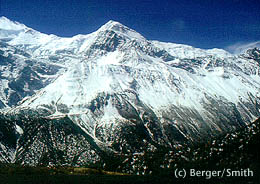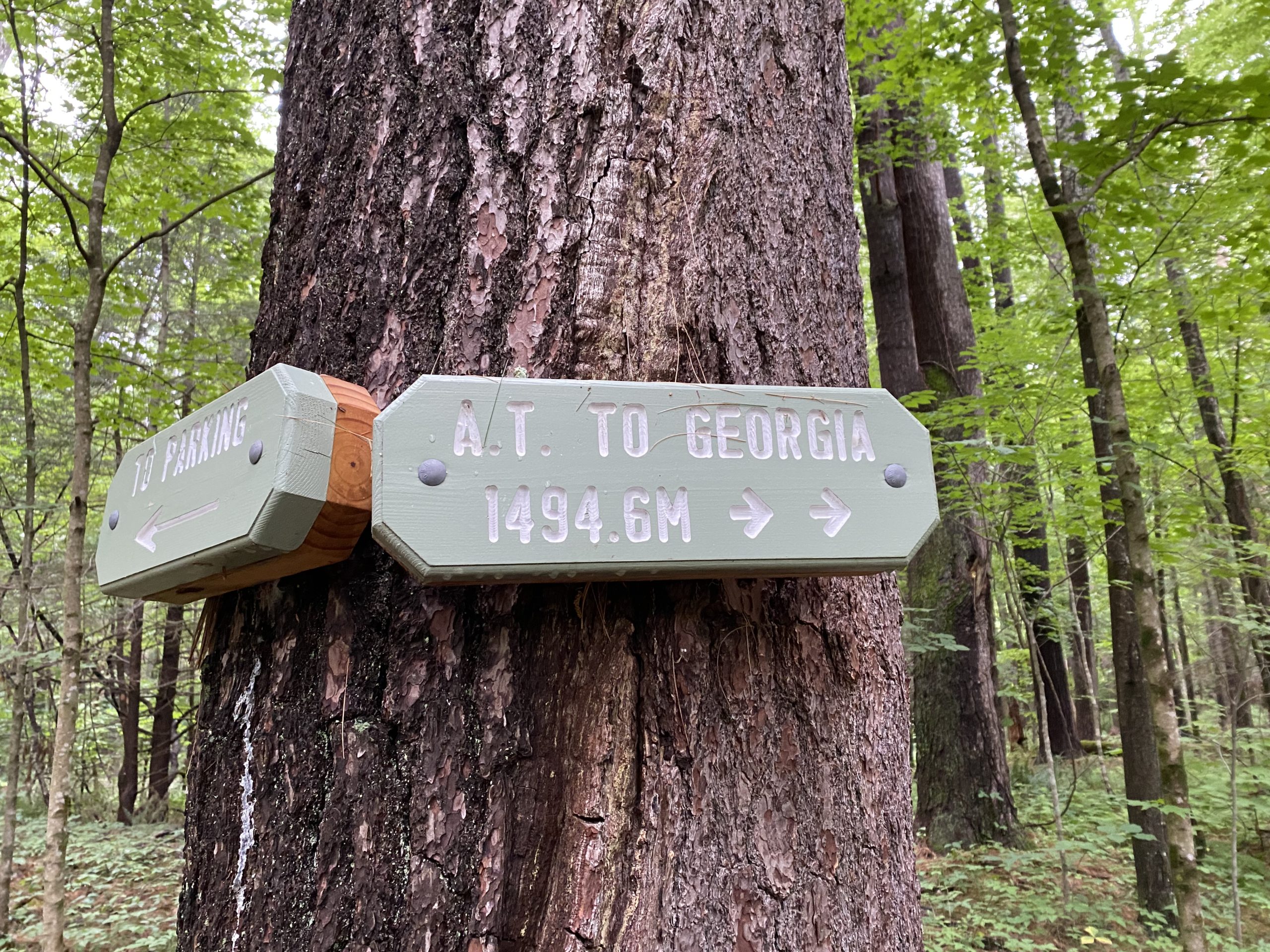Nepal’s Annapurna Circuit is one of the country’s best-known treks, with high mountains, remote villages, and the change to climb to lung-busting Thorong La, which. at 17,800 feet, is one of the highest points on Nepal’s famed trekking routes. But there are some health and hygiene issues travelers should be aware of.
Arriving in Nepal after having spent several months in East Africa — after that was after having spent another several months on America’s Continental Divide Trail — I thought my resistance was up to snuff. Not so: I was flattened by severe stomach trouble within a day of my arrival. Living and hygiene conditions can be, quite simply, life-threatening in Nepal, which has one of the lowest life expectancies in the world.
Use every food caution you’ve ever heard of and then some, from opening your own soda bottles to using your own utensils and never eating anything raw. Our pampered western immune systems simply aren’t tough enough for the bugs they’ll encounter here. Another thing I noticed: sometimes servers in a tea house would present us with dishes that were still dripping from having been newly washed in contaminated river water. or they would open a soda for a guest, and then wipe the mouth of the soda bottle with the rag that they have been using to wipe other dishes. Of course people all over the world do such things, but in Nepal, using dishes wet with unpurified water presents a dangerous threat.
Bring some sort of water purification system, and maybe a backup. Water filters that purify as well as filter address both bacteria and viruses. UV lights designed to be swished in water will also purify it. Iodine pills or other chemical treatments can also be used. Boiling also works which is one reason why excepting tea and tea houses is generally a safe move. on the other end of the spectrum — in the rare cases where ice might be available — just say no.
One of the most obvious problems is toilet hygiene. In some of the more remote villages, there is no indoor plumbing, and outhouses are the norm. Some of them are built distressingly close to water sources. Trekkers contribute to the problem with indiscriminate use of wild spaces — the amount of toilet paper blowing about is the result of visitors who have yet to learn about ”leave no trace.”
Altitude sickness is another serious issue: Check out this article about recommendations from the Himalayan Rescue Association. The typical schedules offered by the guidebooks and the itineraries followed by the trekking companies give plenty of time to acclimate to the high elevations. If you’re trekking on your own, don’t try to rush this part: The elevations are frankly dangerous, and to be safe, you’ve got to follow the rules.
Finally, remember that in most cases, you will be far from medical help. There are some hill stations, but they are stretched for both staff and supplies. Having solid wilderness first aid knowledge and an adequate first aid kit is always a good idea — but never more so than here.


